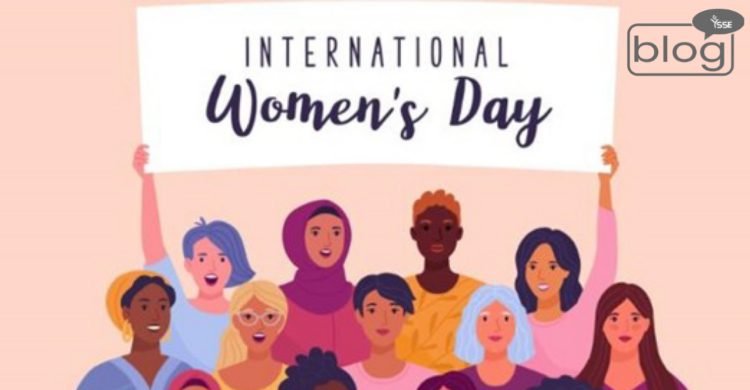March 8th has been celebrated as the International Women’s day every year for quite a long time.
This is a global celebration for the call for gender equality and the recognition of the social, economic, cultural, and political achievements and contribution of women in various aspects.
But have we ever thought about how this day became a world wide phenomena for women’s rights?
The tale behind International Women’s Day is a very inspiring journey through history, marked by activism with political struggle, and ultimately, a collective effort to acknowledge the critical role of women in society.
Its historical roots do not consist in a single event, but in a series of struggles and movements throughout the centuries, leading up to the official designation of this day in 1975 by the United Nations.
-
- The Early Movements
The seeds of the revolution can be traced back to the late 19th century and early 20th century.
The wave of women’s rights activism grew during this time as it is marked as the birth period of various social and political movements.
Around this time, industrialization and urbanisation reached its peak; which required increased female participation in the workforce.
This sparked an upsurge among the women for better working conditions, equal pay, and political rights.
-
- 1857: New York City
The women textile workers in the city started a significant strike against harsh working conditions and unequal, low wages, marking one of the first large-scale labour strikes by women in the United States.
Inspired by this act, similar protests also spread among the women community across North America and Europe.
-
- 1908: New York City
Under the leadership of the Socialist Party of America, 1500 female workers marched through the streets against the poor working conditions, demanding suffrage, unequal & low wages and the lack of voting rights on March 8th, 1908.
This was considered as the pivotal movement in the fight for women’s right and often considered as the first ever official observance of what later became the International women’s day.
-
- 1910: Copenhagen
In 1910, the Second International Conference of Socialist Women was held in Copenhagen, Denmark.
There, German delegate Clara Zetkin proposed the idea of an annual “International Women’s Day” which was met with unanimous approval.
This paved the way for the establishment of a global day dedicated to women’s rights.
-
- 1911: The First International Women’s day.
March 19, 1911 was celebrated as the first International Women’s Day in Austria, Denmark, Germany, Switzerland, and several other countries.
Many events including rallies, conferences and seminars were arranged to preach the fight for the rights of women.
-
- 1917: Russia
In the following years, the date of Women’s day shifted but the momentum kept improving.
In 1917, a significant leap forward came where the new, socialist government in Russia declared March 8th a national holiday, further solidifying its importance internationally.
-
- Worldwide Recognition
1975 was observed as the International Women’s Year. This led to the more growth of fame in the celebration of the International Women’s Day.
The United Nations began celebrating this day from then. In 1977, March 8th was officially adopted as the International Women’s Day for women’s rights and international peace.
Today March 8th is celebrated commemorating the sacrifices made by all the women around the world and for the betterment of the upcoming generations of the women.
It is a day to reflect on the progress made, acknowledge the challenges remaining, and take further action towards creating a world where all women and girls can reach their full potential and enjoy equal rights and opportunities.
To read more blogs like this click here.
Writer
Rifah Zakiah
Intern, Content Writing Department
YSSE

